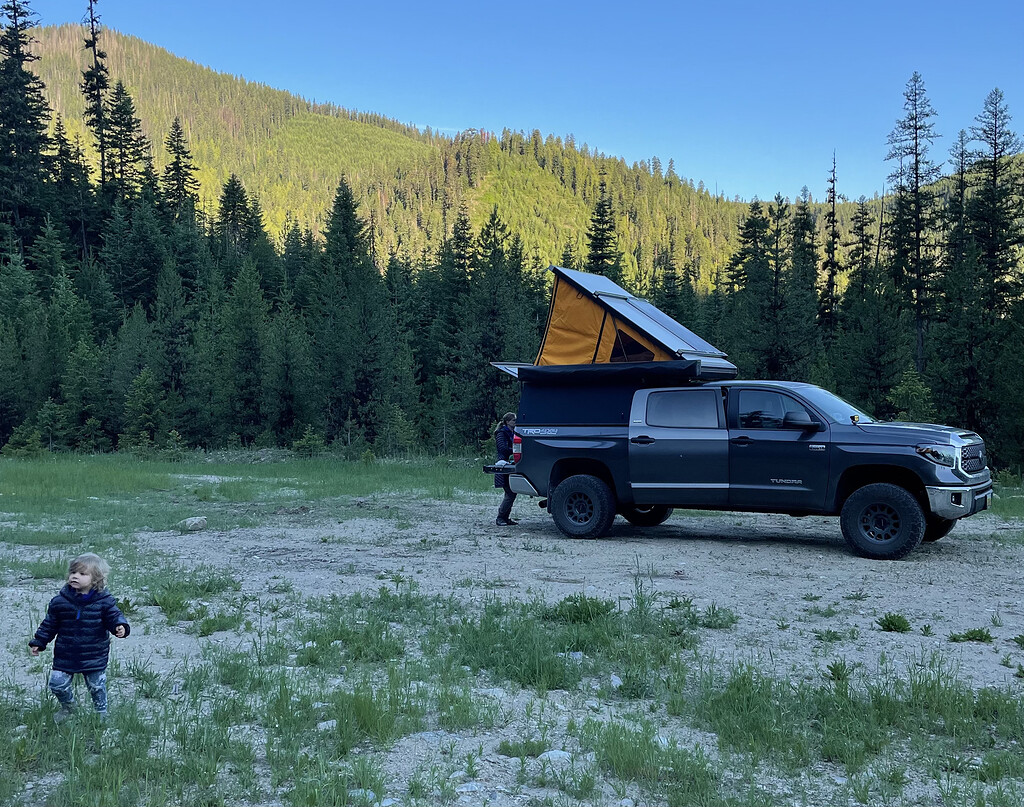The “85 octane at altitude is like 87 in lowlands” works for non turbo engines with carburators. This has been obsolete for decades with newer turbo engines. It’s well documented online. Also, Ford manuals specifies that even at high altitude 85 Octane should never be used and can void the warranty.
85 Octane for turbo engines is bad regardless of the altitude. Thankfully, the ECU can pull timing to make up for it and avoid knocking, but still not ideal.
Also, 4H is not fine on the road. The number of people on forums online saying “my truck has an issue, it’s hard to turn and it makes weird noise when I drive in 4WD on the road” is astonishing.
Your comment is precisely why I was concerned, the majority of people do not know how to treat their car properly

. But as someone pointed out, the Truck is under warranty so I am not too concerned, and it’s only speculation on my end, maybe the previous owner did nothing wrong.




